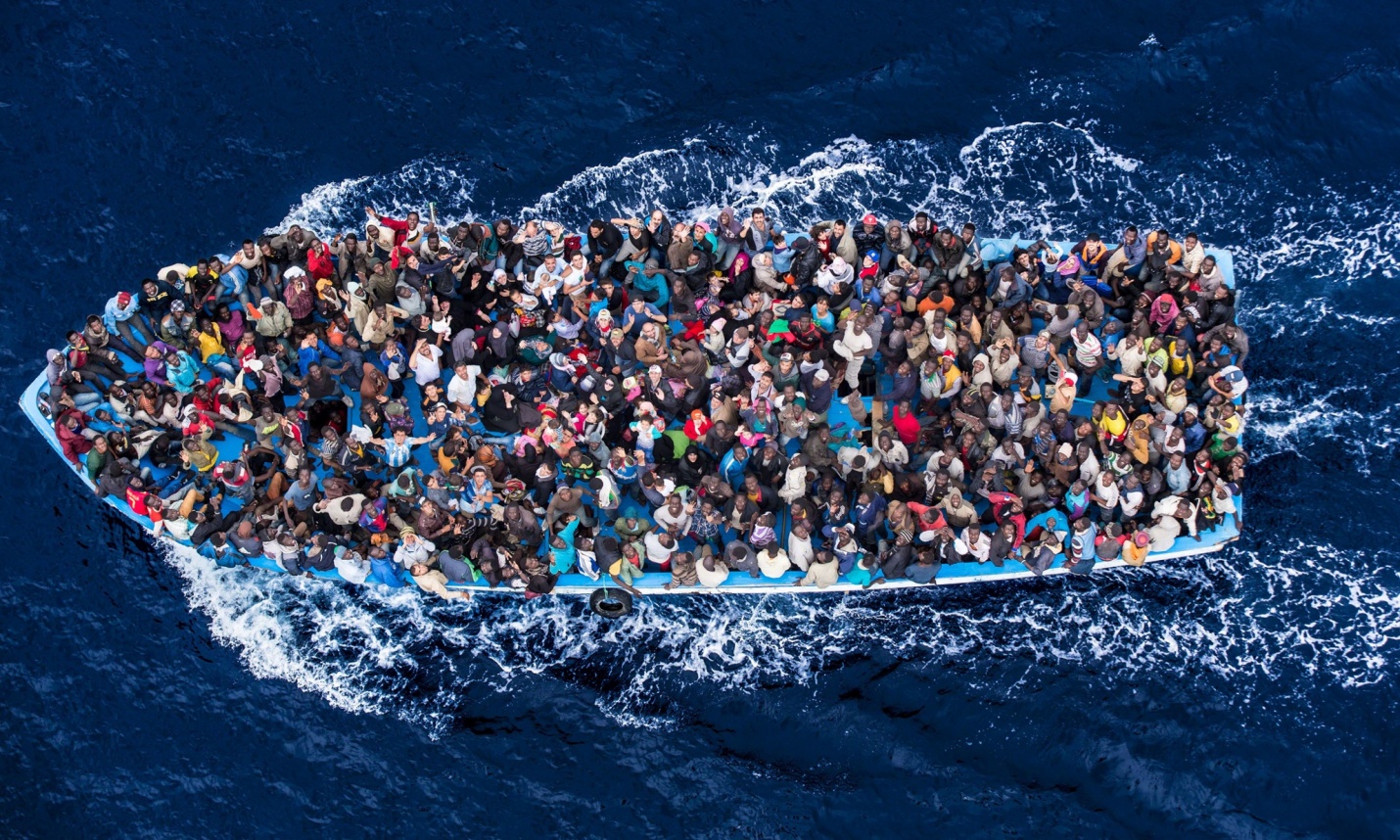Syria
Displaced Syrians wait to receive food aid from UN workers at the al-Yarmouk camp, south of Damascus. [Time]
The Syrian civil war broke out in 2011, the 40th year of the Assad regime, when major pro-democracy protests spread into the country as a part of the larger Arab Spring movement. There was also a religious component to the protests, as the majority of Syrians were Sunni Muslims, and the Assads belonged to the ‘Alawite minority. The regime, headed by President Bashar al-Assad, met the protests with a brutal response, including the mass arrests and killings of protestors. This harsh reaction further outraged the protestors, invited wide-spread media attention, and validated the movement, causing the protests to grow in size and severity. Naturally, larger protests were met with even more brutal responses, and the problem began spiraling. Eventually, the anti-Assad protestors began to meet the regime with force, escalating the conflict to the point of tanks being sent into the town of Jisr al-Shugūr. At this point, many Syrians had already began fleeing the country into neighboring Türkiye.
The conflict soon developed into a full-scale civil war between the Russia and Iran-backed Syrian government and the U.S. and European Union-backed Free Syrian Army (FSA) and other rebel militant groups. Extremist militant groups including al-Qaeda and the Islamic State also joined the fight against the regime in early 2012. These groups had been strengthened in 2011 after the government released hundreds of their members from prison during the protests to discredit the movement. With so many actors in play, the war devolved into chaos. The FSA, extremist groups, and the Syrian government all regularly targeted civilians through sieges and bombing. In 2013, roughly 1,400 civilians were killed in chemical weapon attacks carried out by the regime, sparking increased involvement from international actors in an attempt to prevent their use. Chemical weapons emerged again in 2017 and 2018, prompting retaliatory missile strikes from the U.S., U.K., and France.

Syrian refugees cross the Mediterranean Sea on a fishing boat. [The Berkshire Edge]
The Syrian Civil War is now in its 13th year and represents the largest displacement crisis in the world. Roughly 12.7 million people remain displaced, well over half of Syria’s population at the start of the war. Of the displaced, 5.5 million are refugees, the vast majority of whom live in neighboring countries. Very few Syrian refugees live in refugee camps, however, over 70% still live in poverty. 47% of the refugees are under 18 years old.